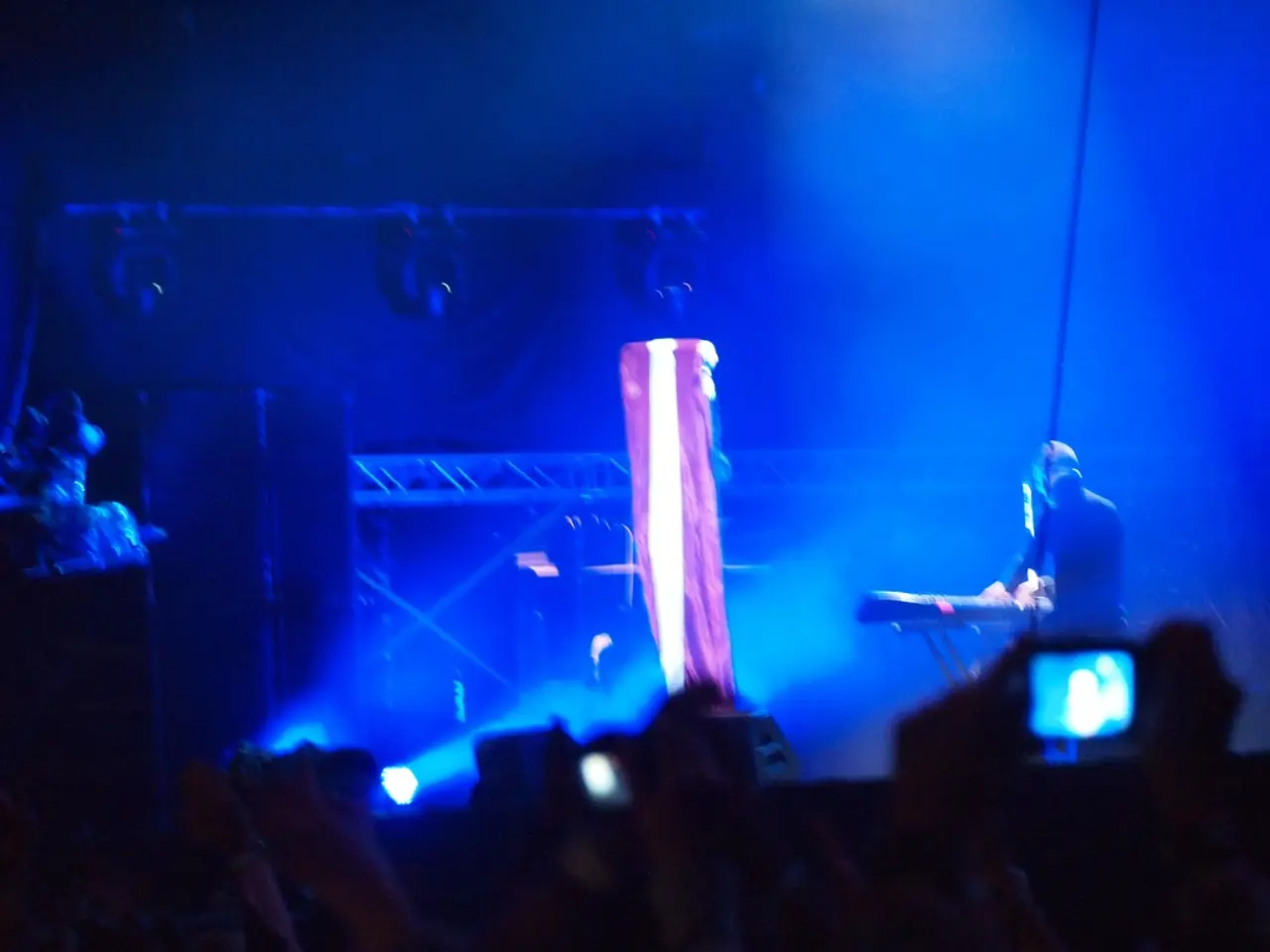Innovative technologies taking center stage in various spheres
Immersive technologies, a fusion of perceptive, interactive, and software elements, are revolutionizing the way we experience the digital and physical worlds. These technologies, which include computer vision, depth tracking, Simultaneous Localization and Mapping (SLAM) algorithms, advanced sensors, and haptic feedback systems, are blurring the line between reality and virtuality.
In the perceptive components, technologies like computer vision, depth tracking, and SLAM enable devices to recognize spatial environments, objects, and user position in real time. This is crucial for accurate digital overlays and immersion, making the digital world feel more lifelike.
Interactive components focus on advanced sensors and feedback systems. Innovations such as eye-tracking using infrared technology and haptic feedback systems refined with piezoceramic actuators are enhancing user engagement and embodiment in virtual environments. These advancements are improving the responsiveness of interfaces and simulating realistic touch sensations and spatial awareness.
Software aspects rely heavily on Software Development Kits (SDKs) like ARKit, ARCore, and Vuforia. These frameworks facilitate efficient AR/VR app creation, while machine learning algorithms analyze sensor data to predict and adapt to user behavior, reducing latency and improving the fluidity of interaction.
Recent advancements in visual and auditory technologies are also contributing to the immersive experience. MicroLED displays, with their high brightness, superior color accuracy, and energy efficiency, are elevating visual realism while extending device battery life. Eye-tracking sensors, spatial haptic feedback systems, and spatial audio techniques are complementing these visual and haptic innovations to deliver realistic soundscapes in XR environments.
In terms of interactive event design applications, immersive technologies power virtual events, augmented reality shopping, educational tools, and the metaverse and Web 3.0. Virtual events feature enhanced realism and interactivity via VR and MR, creating engaging remote collaboration and entertainment experiences. Augmented reality shopping is growing in popularity, with retail customers experiencing a 40% engagement growth by overlaying digital information onto physical settings. Educational tools utilizing MR/XR are improving learning efficiency by 30% via spatial computing and immersive content.
The rise of the metaverse and Web 3.0 is accelerating demand for immersive interactions in digital spaces, supporting virtual events and social experiences enhanced by real-time perceptive and interactive technologies. Omnidirectional belts allow users to move in multiple directions within a virtual reality environment, while real-time tracking applications like BlackTrax track the movements of participants and adjust light and sound systems in response.
Brain-computer interface technologies are another interactive technology used in immersive events, enabling events to respond to the movements of participants in real-time, enhancing the overall experience. 3D displays, holograms, and Fulldome are important developments in the visual execution of immersive technologies.
The continued expansion of immersive technologies in the events industry is an ongoing area of interest. With projections of the immersive technology market growing from $222 billion in 2025 to almost $903 billion by 2029, driven by innovations in hardware, AI integration, and expanding application domains including entertainment, retail, education, and virtual events, the future of immersive technologies looks bright.
- The integration of immersive audio technologies, such as spatial audio techniques and 3D displays, is enhancing the realism of soundscapes in XR environments, contributing to a more immersive and engaging experiential landscape.
- The increasing use of advanced sensors and feedback systems like eye-tracking and haptic feedback, together with immersive audio technologies, not only simulates realistic touch sensations and spatial awareness but also refines the responsiveness of interfaces, essential aspects of the fusion of immersive technologies.




